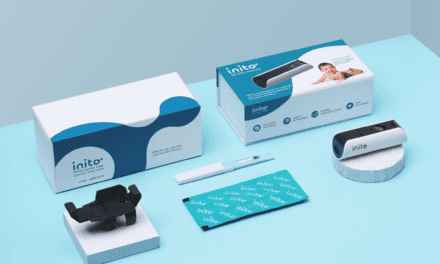This is a companion article to the feature, “Facing the Prescription Drug Abuse Epidemic.”
As a response to the growing problem of prescription drug abuse in the United States, two sets of proposed regulations are now making their way toward final approval that will set new federal standards for laboratory testing of prescription drugs.1–2
According to Ronald R. Flegel, MS, MT(ASCP), director of the division of workplace programs in the Substance Abuse and Mental Health Services Administration (SAMHSA), the two forthcoming Mandatory Guidelines for Federal Workplace Drug Testing Programs will establish separate regulations for oral fluid and urine testing, with urine testing the first to be implemented. The new regulations will apply to all federal and federally regulated workplace drug-testing programs.
The process now in use to test for prescription drugs of abuse is largely non-regulatory. A medical review officer (MRO) may review test results to judge whether they are within the expected range of a valid prescription, but there is no requirement for such a review and no standards that would trigger disciplinary or legal action.
“Currently, there are no federally prescribed cutoff concentrations to be used in testing for prescription drugs,” says Flegel. “And because of the absence of cutoff values, there have been no set categories for such testing.
“By contrast, the new mandatory guidelines will set cutoff standards for prescription drugs in regulated settings,” he says. “They will ultimately help to standardize the values that distinguish the clinical and forensic areas when testing for prescription drugs, and may lead to the development of distinct categories.” Beyond the standards for drug testing currently in use, the new regulations will add testing standards for the frequently abused prescription drugs hydrocodone, hydromorphone, oxycodone, and oxymorphone, Flegel says.
“The manual currently used by MROs provides guidance on how to interpret the positive results of tests for prescription drugs. But it is more of a guidebook than a regulatory policy,” agrees Capt. Jennifer Fan, a pharmacist with the US Public Health Service. “In the future, an MRO manual based on the new regulations will be an important factor in determining how MROs interpret the results of tests for prescription drugs.”
Under the new regulations, clinical laboratory testing of urine samples will remain largely unchanged, says Flegel. But clinical lab testing of oral fluids will undergo some significant changes, with the inclusion of standard cutoff concentrations for both illicit and prescription drugs, and instructions on how MROs should proceed when there are positive test results.
Not yet addressed by the new regulations, there is also a need to create federal standards for the testing of oral fluids during roadside stops, using point-of-collection devices, says Flegel. There are currently no standard cutoff criteria for roadside prescription drug testing using handheld testing devices. The new regulations will provide a framework for developing federal standards that law enforcement agencies can follow.
Since their publication in the Federal Register last May, the two proposals have gone through their public comment period. SAMHSA is now in the late stages of reviewing the many comments it received, and making final adjustments to the proposals. The next step will be to submit the revised drafts of the regulations for review and approval by federal regulatory agencies, before publication of the final versions later this year.
REFERENCES
- Substance Abuse and Mental Health Services Administration. Mandatory Guidelines for Federal Workplace Drug Testing Programs [oral fluid specimens]. 80 Federal Register, no 94 (May 15, 2015):28053–28101. Available at: https://federalregister.gov/a/2015-11523. Accessed January 14, 2016.
- Substance Abuse and Mental Health Services Administration. Mandatory Guidelines for Federal Workplace Drug Testing Programs [urine testing]. 80 Federal Register, no 94 (May 15, 2015):28101–28151. Available at: https://federalregister.gov/a/2015-11524. Accessed January 14, 2016.





